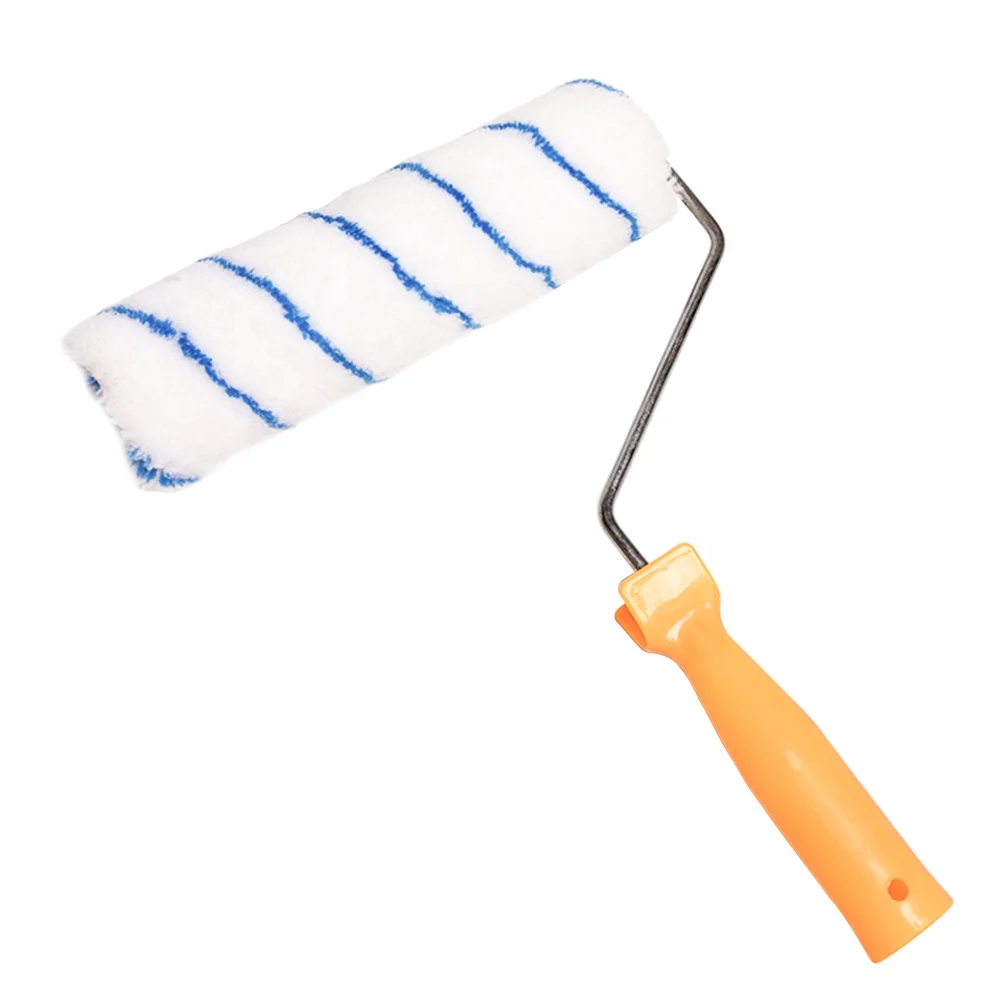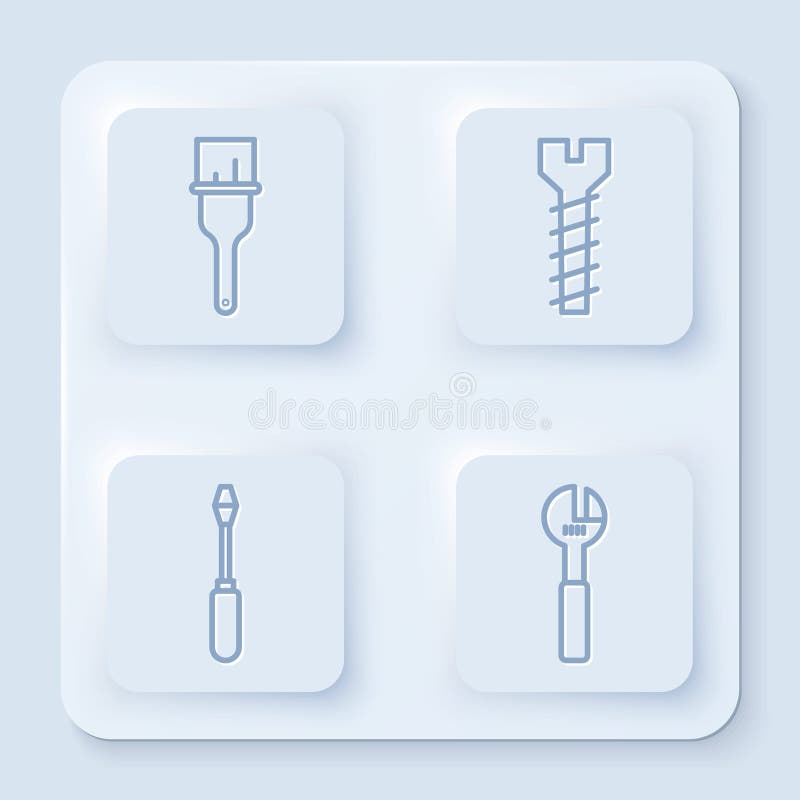Screw On Paint Brush
The Light Painting Brushes Screw on Color Filters are the simplest way to change the color of ANY of the Light Painting Tools in the Light Painting Brushes Line Up! Youtube to video for mac. The Screw on Color filters work with all of the tools that we make and they could not be easier to use! Check out the full range of ready to go Screw On Color Filters or grab a set of the White Filters so that you can make you own.
- Painting with a bendable paint brush that screws on an extension pole makes painting fast and easy. The best brush tool for 2017. Best cut-in video on YouTub.
- Richard 80833 Goose Neck Angular Paint Brush with Flexible Soft Grip Handle, 2-1/2' Flexible handle that bends to any desired shape. Synthetic fibers are excellent for use with all latex or oil based paints. Excellent paint pick-up and delivers a smooth finish. Angled brush filaments allows for precise cut-ins.
Find the perfect paint for all your metal surfaces indoors and out.
Paint Brush Adapter For Extender
Photo: istockphoto.com
Q: My metal patio chairs are starting to look a bit scuffed and rusty. Can I get good results painting them with some leftover exterior paint I have from a project? If not, what’s the best paint for metal?
A: Due to its slick, smooth surface, metal can be challenging to paint—and that can you’ve got sitting around in the garage probably won’t cut it. To prep metal for paint adhesion, you must first clean it with soap and water, remove light rust with a wire brush, sand it with fine-grain sandpaper, and then (in most cases) prime. Following these measures, you’ll only have success with dedicated metal paints or multi-surface paints labeled for use on metal. Complicating matters, metal-friendly paints are sold in different bases (oil and water), containers (regular and spray cans), and specialized formulas to fend off rust or handle extreme heat. So keep reading to identify the best paint for metal surfaces, and get great results on your next project.
Photo: istockphoto.com
Oil-based paints are the most durable.
Opt for oil-based paint if painting outdoor metal surfaces such as fences, patio furniture, or backyard grills, as well as heavily used indoor items like kitchen cabinets and window frames. Generally pricier than water-based paint ($20 to $50 per gallon), it’s formulated with pigments, alkyds (synthetic resins) or plant-based oil, and solvent (that emit smelly fumes during application) to cure to a rigid coat that repels water and stains and resists dents and scuffs. Oil paint is, however, vulnerable to cracking or chipping, and it also tends to fade over time, so consider a product with built-in fade protection, such as Rust-Oleum Hammered Metal Finish ($12.98 per quart on Amazon).
Brush Extension Pole
You’ll achieve a more uniform finish if you first apply an oil-based primer (e.g., Rust-Oleum Clean Metal Primer, $8.98 per quart on Amazon). However, you can apply oil paint directly to metal because it contains no water, and therefore there’s so no risk of rust. Skipping primer may save you time on the paint job, but you’ll still wait a bit longer for oil-based paint to dry to the touch (usually six to eight hours).
Water-based paints offer faster drying and fewer fumes.
If painting light to moderately used indoor metal surfaces—think wall sconces, bed frames, or guest room night tables—go with water-based acrylic paint, a cheaper ($15 to $40 per gallon), faster-drying option than oil paint. Acrylic paint, made of pigments, acrylic resins, and water, emits fewer fumes and dries to the touch in under an hour into a flexible coat resistant to cracking, chipping, and fading. However, it will be more vulnerable to dents, stains, and scuffs. A typical acrylic paint (BEHR PRO e600 Acrylic Paint, $23.98 per gallon at The Home Depot) also has less organic material than oil paint so it’s less likely to form mildew and mold, making it a better option for moisture-prone areas like kitchens and baths. Keep in mind that exposing water-based paint directly to metal can rust it, so apply an oil-based primer before application.
Spray paint cans offer more complete coverage of irregular surfaces.


Oil- and water-based metal paints come in large cans, for use with brushes or rollers, or aerosol cans, for spray application. Large cans may be the most cost-effective option when painting large, linear metal objects such as fences and backsplashes, but spray paints (e.g., Rust-oleum Hammered Metal Finish Spray, $8.74 for 12 oz. on Amazon) are more convenient when painting smaller surfaces with irregular contours, such as curved patio chair legs, light fixtures, or bed frame poles. Spray paint can cover these metal surfaces more smoothly and with fewer applications than a brush, and you’ll also avoid pesky brush marks.
RELATED: The Dos and Don’ts of Spray Painting
Photo: rustoleum.com
Choose rust-resistant paint on moisture-prone surfaces.
Rust can form on any metal made of iron or iron alloys such as steel with prolonged exposure to air and moisture. If you plan to paint metal outdoor furniture or décor, or interior features like backsplashes that regularly come into contact with water or humidity, look for paint designed to resist rust (e.g., Rust-oleum Stops Rust Spray Paint, $13.19 for 12 oz. on Amazon) to preserve the look and integrity of the metal.
Use high-heat paint on heat-generating surfaces.
Painting a radiator, outdoor grill, fire pit surround, or other heat-generating appliance? Pgsql for mac. Regular oil- or water-based paint can blister and peel when exposed to the high temperature generated by these appliances during operation. To preserve your paint job, choose a high-heat metal paint formulated with heat-resistant resins to withstand high temperatures, such as Rust-Oleum High Heat Spray Paint ($6.98 for 12 oz. on Amazon).


